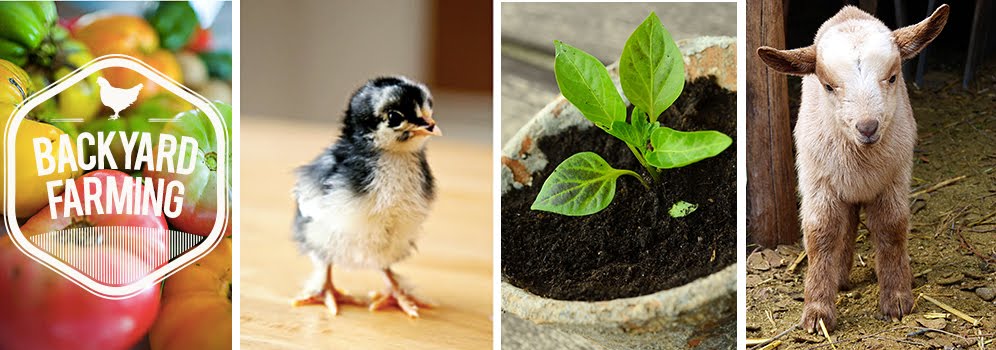My 13-year-old daughter was thrilled that the peak of our garden peas coincided with her week of ballet rehearsals and recitals. "Non-messy" snacks were allowed in the dressing room, and she thought the peas would be perfect. She bounced in the house after her ride home from dress rehearsal and gleefully reported that when the dancers pooled their snacks, her peas were gone in a flash. "At the end of the night the Doritos were still there!" she said incredulously. Her contribution was a favorite, and that made her feel great.
I was surprised the peas were a hit. I half-expected other kids to poke fun, the way my lunchroom pals teased Dee P. for eating raw jalapeños, or Jeff V. for packing sandwich ingredients singly instead of already assembled. (Given the success of Lunchables, he was on to something!) One breakfast at camp the counselor gathered kids to stare at me when I sliced a banana into my cereal bowl, voicing doubts anyone would eat such a thing.
My neighbor has twins with wildly different tastes; the daughter asks for Twinkies in her lunch, the son requests salad. Guess which one the mom calls "a weird kid?"
All of my babies started out loving vegetables. What changes to make so many children forget this about themselves? What is it about our society that labels vegetable- and fruit-loving children as the oddballs?
My daughter's experience sharing peas with her ballet class reminds me that our children really do want vegetables. We need to unabashedly keep offering them.
What are some of your children's favorites?



















